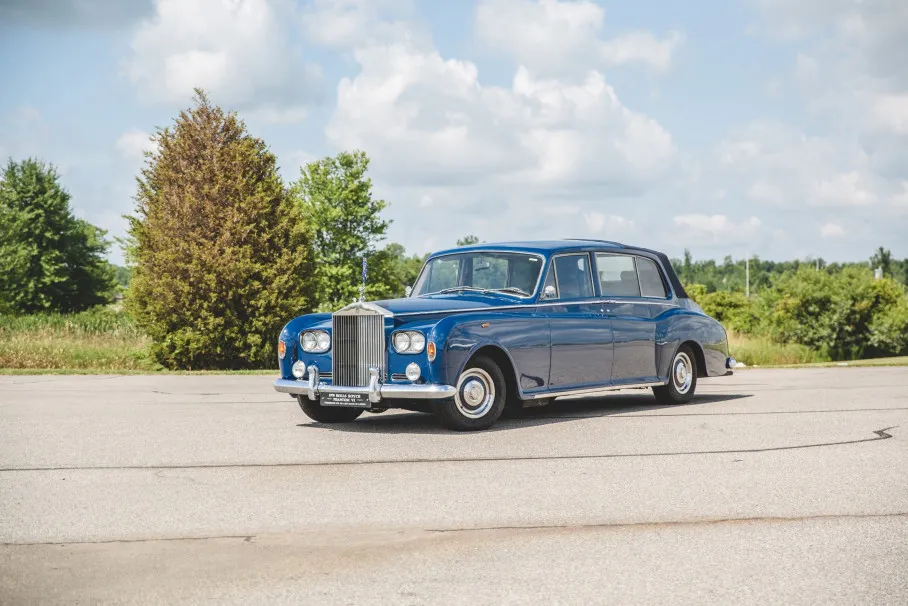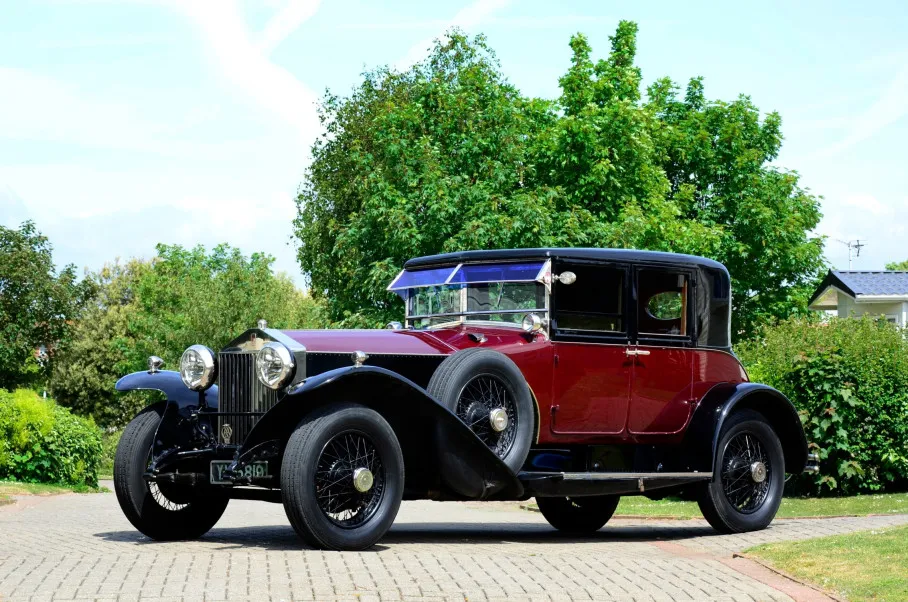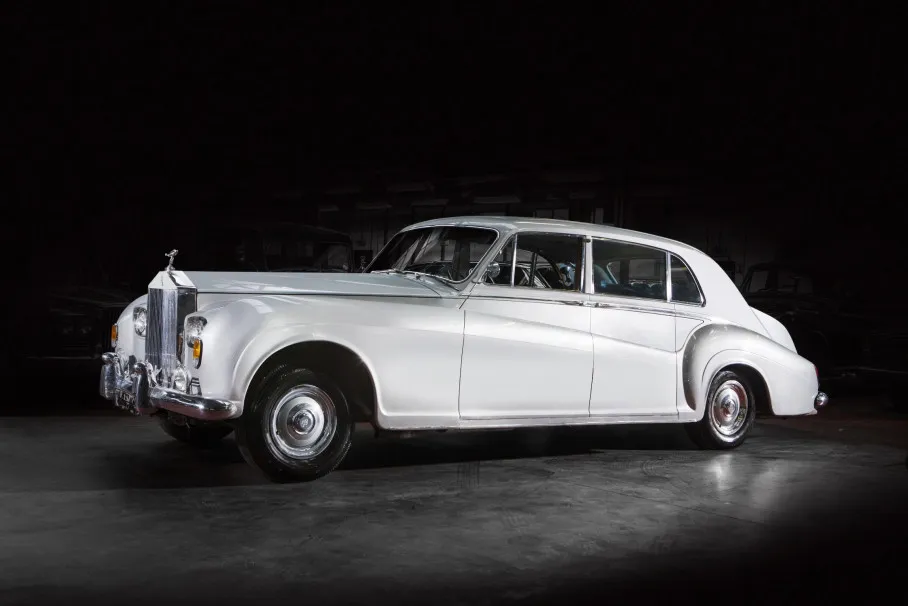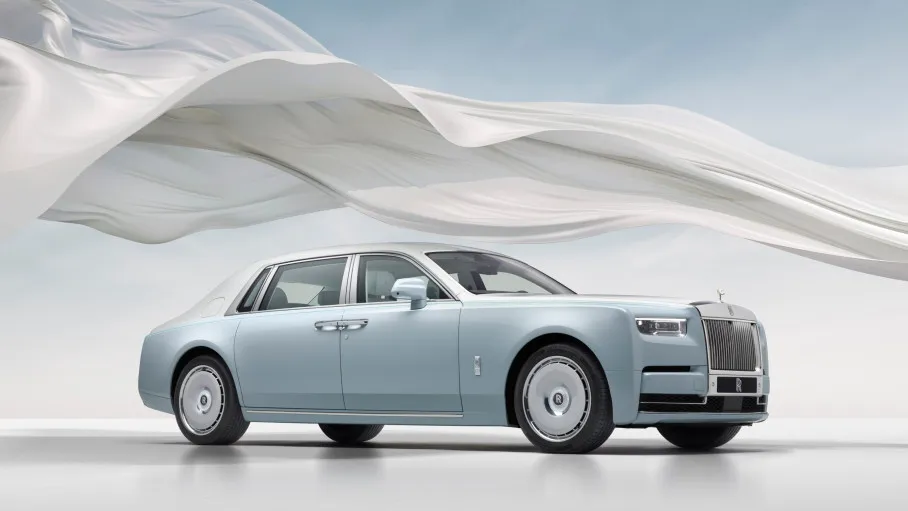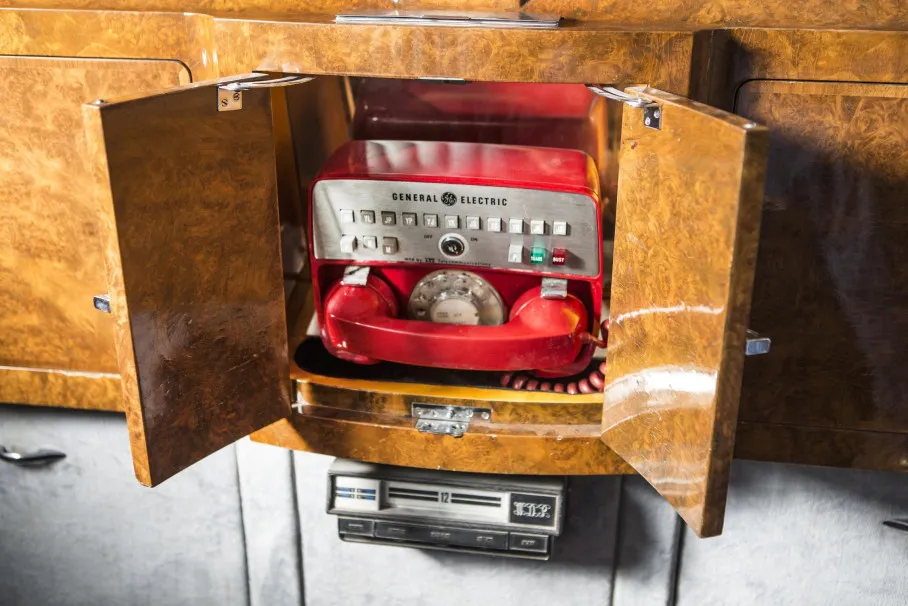Phantom at 100: Reflecting and Shaping the World Through Bespoke
For a century, the Rolls-Royce Phantom has stood as the world’s most prestigious symbol of bespoke luxury — a car that doesn’t simply transport its passengers but tells their story. As the Phantom celebrates its 100th anniversary, Rolls-Royce Motor Cars takes us on a journey through a hundred years of culture, design, and craftsmanship — seen through the eyes of the extraordinary people who shaped it.
“The story of Phantom’s first 100 years is uniquely human, told through the Bespoke details commissioned by generations of clients,” says Chris Brownridge, Chief Executive of Rolls-Royce Motor Cars. “It reflects profound shifts in society, culture, and technology, while remaining a timeless expression of individuality.”
A Century of Bespoke Excellence
Since the launch of the first Phantom in 1925, the car has served as a canvas for self-expression — enabling its owners to create something deeply personal and truly one of a kind. Each commission reveals not just the personality of its owner but also the spirit of its time, from the glamorous 1920s to the sleek minimalism of today.
In the early years, Phantom was delivered as a rolling chassis, allowing clients to commission bodywork from master coachbuilders. These bespoke masterpieces became symbols of status, craftsmanship, and innovation — an art that Rolls-Royce has revived in the modern era through its Coachbuild department at Goodwood.
Power and Prestige: The Phantom of Kings and Icons
From its very beginning, the Phantom became the car of power and influence. It was the natural choice for royalty, heads of state, and visionaries who shaped the 20th century.
The Maharajas of India ordered Phantoms with intricate silverwork and burnished copper bodies that shimmered under the sun — statements of wealth and divine authority. Decades later, the Phantom VI for the Lord Mayor of London featured a specially designed armrest to support the ceremonial mace — a subtle nod to tradition and power.
These stories reveal what has always made the Phantom exceptional — its ability to embody prestige without compromise.
Privacy, Confidence, and Discretion
In an era when the powerful were distant figures, Phantom offered something rare: complete privacy and control. Many early models featured privacy curtains, particularly in India’s “purdah cars,” designed to shield passengers from public view.
By the 1960s, celebrities like John Lennon brought new meaning to privacy and fame — his Phantom V became one of the first cars in Britain with tinted rear windows. Others opted for soundproof partitions and hidden compartments, including Otto Oppenheimer’s “Black Diamond”, which discreetly transported uncut diamonds for De Beers.
Even today, Phantom continues this legacy with the Privacy Suite, offering ultimate seclusion in motion.
From Extravagance to Understatement
The Phantom’s journey mirrors the evolution of luxury itself. In the 1920s and 30s, luxury was about artistry and opulence — gold-plated fittings, exotic marquetry, and materials like damask silk and astrakhan wool.
One of the most extravagant creations, “The Phantom of Love”, was commissioned in 1926 by Clarence Gasque as a gift for his wife. Its interior resembled a miniature palace, complete with a hand-painted ceiling and Louis XIV-style details.
But as decades passed, luxury began to whisper rather than shout. From tweed upholstery to the soft hues of “West of England” cloth, modern Phantoms exude understated refinement — an elegance recognized instantly by those who truly understand luxury.
The Phantom as a Social Space
Beyond luxury, Phantom has always been a space for connection and celebration. During Prohibition, hidden cocktail sets were installed in some U.S. models, while later versions embraced radios, televisions, and even microphones — the latter famously requested by Elvis Presley.
These touches reflected more than comfort; they captured moments in cultural history. Whether it was a gramophone in the 1930s or an in-car TV in the 60s, Phantom has always been where technology met taste.
The Goodwood Era: Bespoke Becomes Art
In the modern era, Phantom commissions at Goodwood have pushed creativity to new limits.
Projects like Phantom Serenity, featuring hand-painted silk inspired by Japanese gardens, and Waterspeed, a tribute to Sir Malcolm Campbell’s record-breaking feats, showcase Rolls-Royce’s craftsmanship at its most artistic.
The Phantom Syntopia, created with designer Iris van Herpen, featured over 700 hours of handcrafted detail — including a silk headliner inspired by haute couture. Meanwhile, Phantom Scintilla captured the ethereal movement of the Spirit of Ecstasy through 869,500 stitches of embroidery and a glittering Starlight Headliner with 4,450 perforations.
Each is more than a car — it’s a living work of art, created for a single visionary.
A Century of Cultural Expression
For 100 years, the Phantom has not only reflected its owners but also defined eras of taste, culture, and creativity. Every Phantom ever built tells a story — of ambition, artistry, and the pursuit of perfection.
As Rolls-Royce looks to the next century, one truth remains: Phantom is not merely the best car in the world — it is the best car for its owner and their world.
Discover Timeless Luxury in Dubai
Dubai’s automotive scene has always celebrated the extraordinary — a spirit shared by the Rolls-Royce Phantom. From vintage masterpieces to the latest models, these cars continue to inspire collectors and connoisseurs alike.
Explore the elegance of used luxury cars in Dubai and discover how timeless design meets modern innovation with Auto Trader UAE — your gateway to extraordinary motoring experiences.
read more: Rolls-Royce Phantom Series II: A New Expression of Timeless Luxury
Rolls-Royce Phantom III: A Legacy of Luxury and Innovation | Auto Trader UAE
Rolls-Royce Unveils Phantom Scintilla: A Tribute to the Spirit of Ecstasy | Auto Trader UAE
